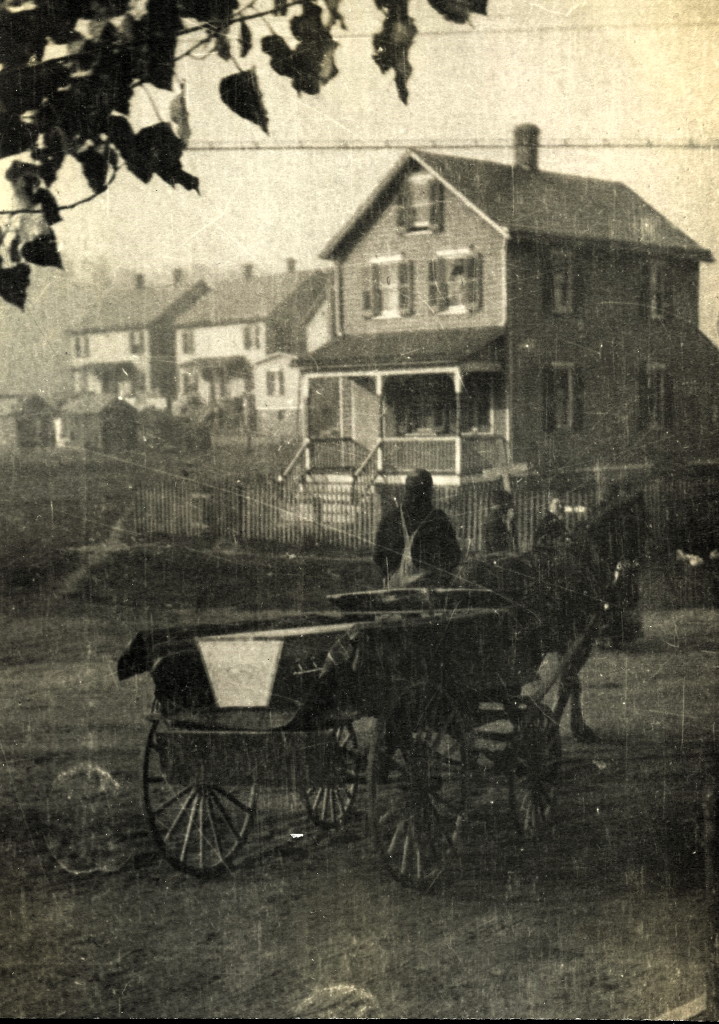SOUTH RIVER–Historians from Middlesex County commissioned a ground penetrating radar survey that discovered rows of unmarked graves, containing nearly 400 burials, according to the Middlesex County Office of Arts and History.
There is an area in the southeast corner of Washington Monumental Cemetery, located on Hillside Avenue in South River, that is mostly empty of gravemarkers but filled with unsolved mysteries. The records for this part of the cemetery are long gone, but local legends maintain that this open space contained victims of the 1918 influenza epidemic, according to a prepared statement from the Middlesex County Office of Arts and History.
The research for the study was done in partnership with the South River Historical and Preservation Society and Washington Monumental Cemetery with funding by Middlesex County Board of Chosen Freeholders and the New Jersey Historical Commission, Department of State, according to the county.
The society was contacted by Middlesex County in December 2017 regarding a possible collaboration to investigate unmarked burials in Washington Monumental Cemetery. The executive board enthusiastically agreed and the first discussions with the county took place this past January, according to the society’s Executive Board Member Stephanie Bartz.
“At the height of the epidemic, a quarantine was issued for South River and its surrounding towns. In many communities, they died so quickly that hearses and coffins were in demand,” Mark Nonestied, a division head with the Middlesex County Office of Arts and History, said in the statement.
Bartz said while the society does not have the exact numbers of influenza cases and deaths in South River, it knows that the epidemic was severe enough that quarantines were ordered and public places were closed.
“A … newspaper article reported an average of 25 new influenza cases a day. There were so many deaths, that the New Brunswick newspaper reported shortages of both gravediggers and caskets,” Bartz said. “An emergency hospital for South River and Sayreville was opened .. .in the Mendel-Lunepp building on Water Street in South River. … At that time the newspaper reported that it had treated 133 patients and had 22 deaths. Many more patients were treated, and many died, in their own homes.”
The non-intrusive survey was conducted by Dr. Tim Horsley of Horsley Archaeological Prospection on Oct. 5. Once the survey was completed, it took several more weeks to process all the data that was collected.
“Burials appear as roughly rectangular anomalies that are caused by air spaces from caskets and disturbed soils in the grave shafts,” he said in the statement.
The data collected thus far shows rows and rows of tightly spaced burials. The size of the anomalies also suggests that both adults and children were interned in this section of the cemetery. Historians are unsure if all the burials are from this period, but there is certainly enough evidence to suggest many victims of the epidemic ended up here, according to the statement.
“We can’t let our residents be forgotten and this story will be researched further. The sacrifices our working class made should always be remembered and respected, as should everyone who was lost to the 1918 influenza epidemic,” Middlesex County Freeholder Director Ronald G. Rios said in the statement.
Middlesex County Freeholder Kenneth Armwood, chair of the Business Development and Education Committee said, “As we continue to research this piece of county history, we will endeavor to restore the names and stories of the residents buried here, as we are able. Their stories deserve to be heard, and any living relatives should know that they are not forgotten.”
Bartz said additional studies of the unmarked graves are definitely needed.
“Although there appear to be close to 400 unmarked graves, not all of them are from the influenza epidemic. The museum collection includes an early photograph of that section of the cemetery,” Bartz said. “Taken in 1898 by R. Van Dyke Reid, the image includes grave markers, generally crosses, that no longer exist. It’s likely that the people buried under those markers are among those who now lie in unmarked graves.”
To watch the county’s new Uncovering Middlesex video on this story, visit bit.ly/2RGwy1P.
To share information on the cemetery, call the Office of Arts and History at 732-745-3030 or email [email protected].

